On March 11, Japan mourns on the fourth anniversary of the Great East Japan earthquake, also known as the 2011 Tohoku earthquake. The disaster claimed the lives of almost 16 thousand people, and over 2.5 thousand went missing.
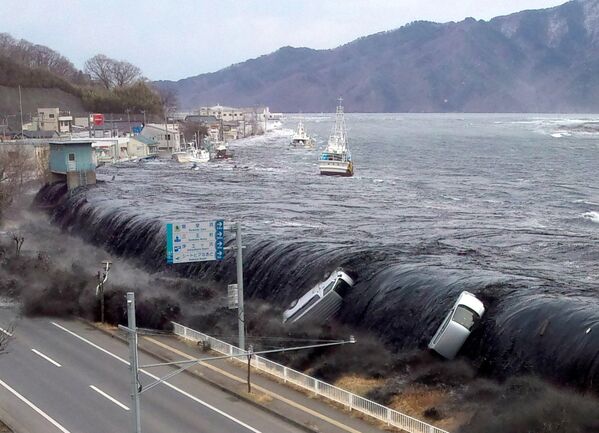
Tsunami breeches an embankment and flows into the city of Miyako in Iwate prefecture shortly after a 9.0 magnitude earthquake hit the region of northern Japan. March 11, 2011.
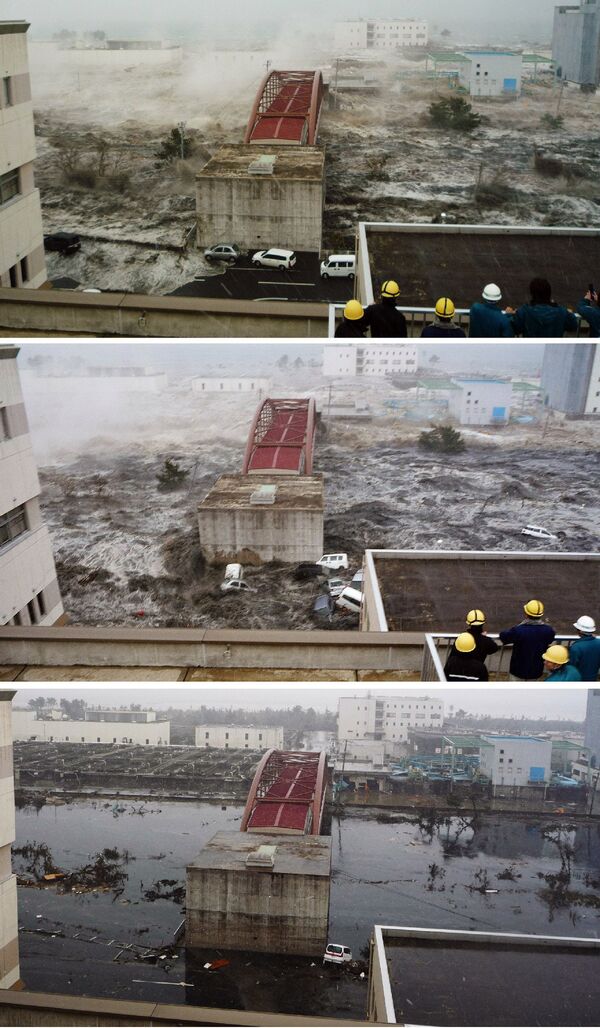
Muddy tsunami water swallows vehicles and houses in Sendai city in Miyagi prefecture. March 11, 2011.
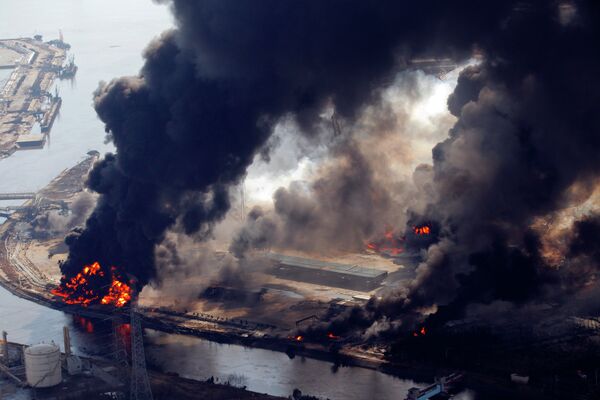
3/17
© AP Photo / Itsuo Inouye
Flames engulf buildings in an industrial complex in Sendai, northern Japan. March 12, 2011.
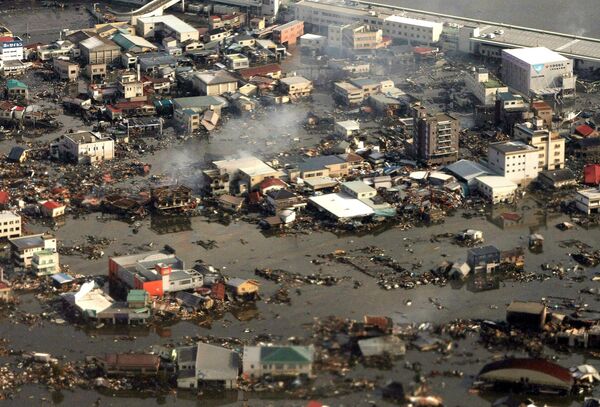
An aerial view shows the devastated Kesennuma city in Miyagi prefecture on March 12, 2011.
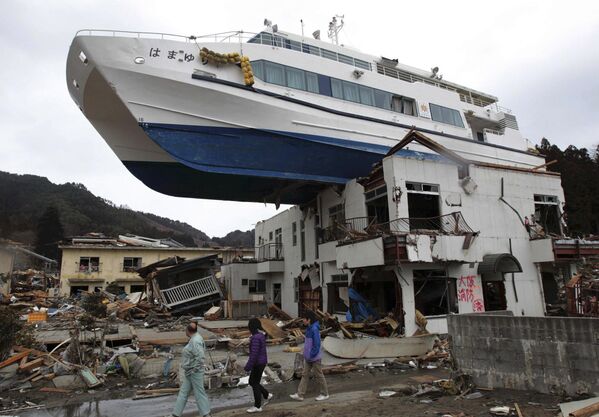
5/17
© AP Photo / Yomiuri Shimbun
A boat sits atop a building in Otsuchi, Iwate Prefecture, Japan, Tuesday, March 22, 2011.
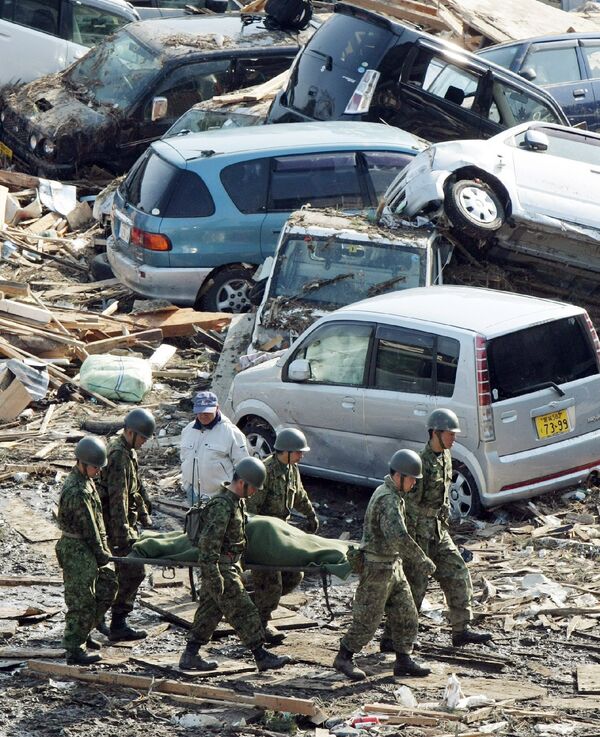
Soldiers carry a body in front of piled up vehicles at Higashimatsushima city in Miyagi prefecture. March 13, 2011.
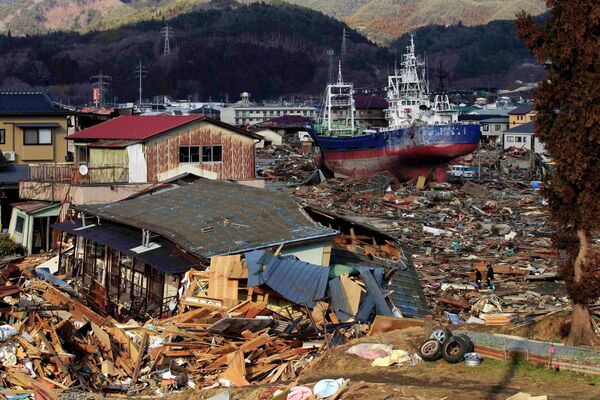
7/17
© AP Photo / Matt Dunham
According to seismologists, such powerful earthquakes occur in Japan only once in 600 years.
Above: A large vessel stands amongst debris after being washed ashore by the tsunami in Kesennuma, Japan. March 18, 2011.
Above: A large vessel stands amongst debris after being washed ashore by the tsunami in Kesennuma, Japan. March 18, 2011.
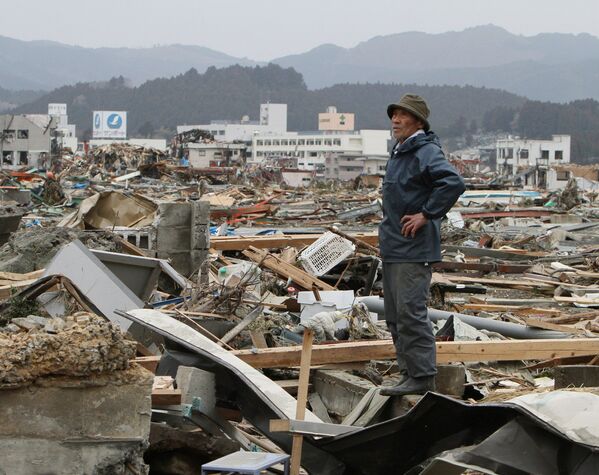
A man stands amid debris at Minamisanriku town in Miyagi prefecture. March 15, 2011.
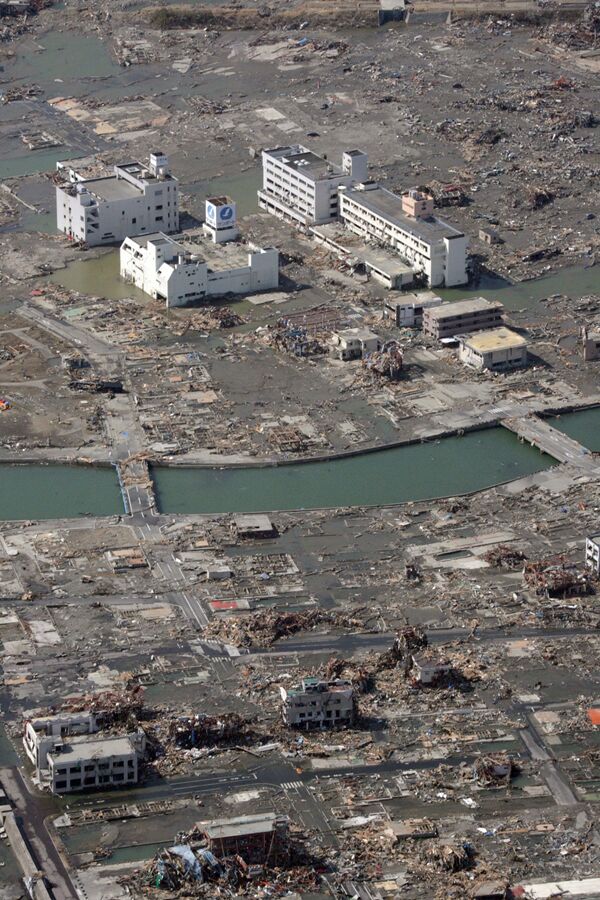
The city of Minamisanriku, in Miyagi prefecture, devastated by tsunami that followed the earthquake. March 14, 2011.

A ship called Asia Symphony is left stranded after being lifted up onto the promenade of the docks by the March 11 quake and tsunami at the port of Kamaishi town in Iwate prefecture. March 18, 2011.
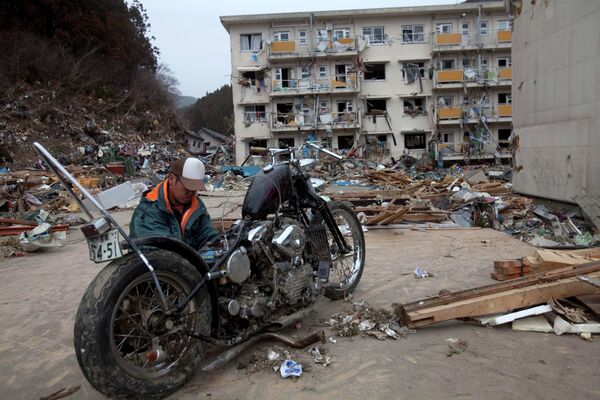
11/17
© AP Photo / David Guttenfelder
A Japanese man recovers his classic 1950s Harley Davidson motorcycle, which was washed away with his home in the earthquake and tsunami destroyed town of Onagawa, Miyagi Prefecture, northeastern Japan Sunday, March 20, 2011.
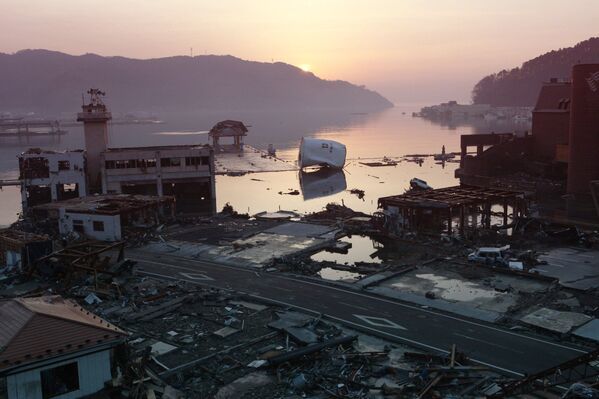
Debris litters the Onagawa town in Miyagi prefecture at dawn on March 14, 2011.
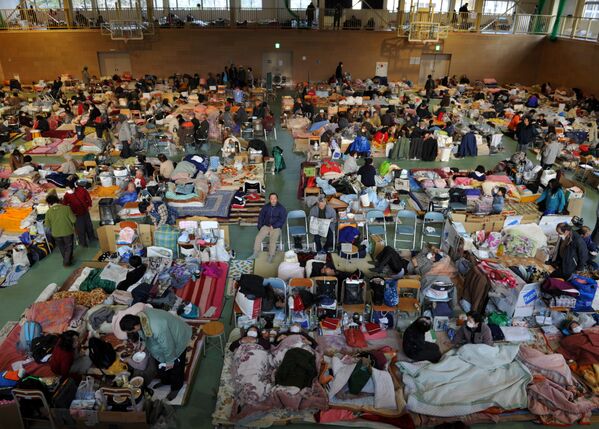
About 230 thousand people still live in temporary shelters due to being unable to rebuild their homes destroyed by the earthquake.
Above: Survivors rest at a shelter in Rikuzentakata. March 19, 2011.
Above: Survivors rest at a shelter in Rikuzentakata. March 19, 2011.
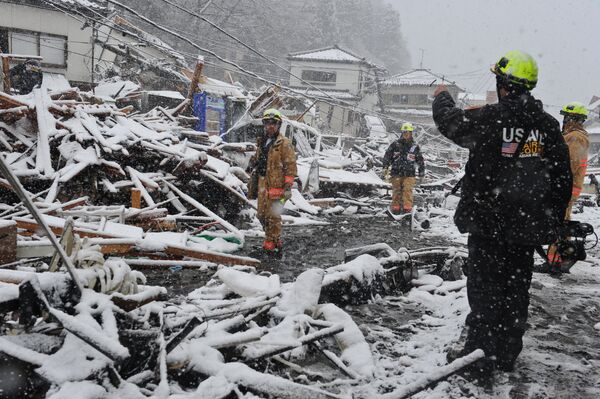
Members of the US Fairfax County search and rescue team from Virginia direct colleagues to search destoyed houses for survivors in Kamaishi on March 16, 2011.
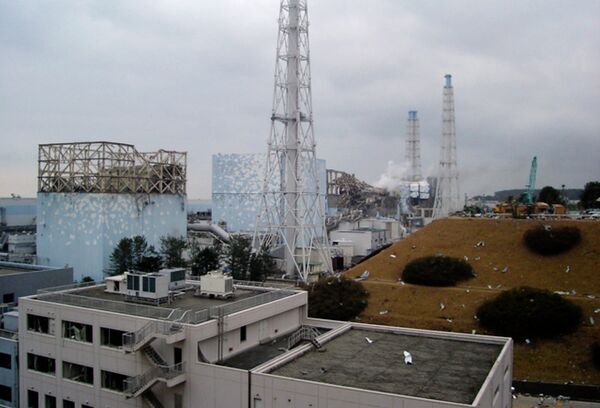
15/17
© AP Photo / Tokyo Electric Power Co.
The tsunami caused the meltdowns at three reactors at the Fukushima Daiichi Nuclear Power Plant complex.
Above: Smoke billows from the No. 3 unit among four housings cover four reactors at the Fukushima Dai-ichi nuclear complex in Okumamachi, Fukushima Prefecture. March 15, 2011.
Above: Smoke billows from the No. 3 unit among four housings cover four reactors at the Fukushima Dai-ichi nuclear complex in Okumamachi, Fukushima Prefecture. March 15, 2011.
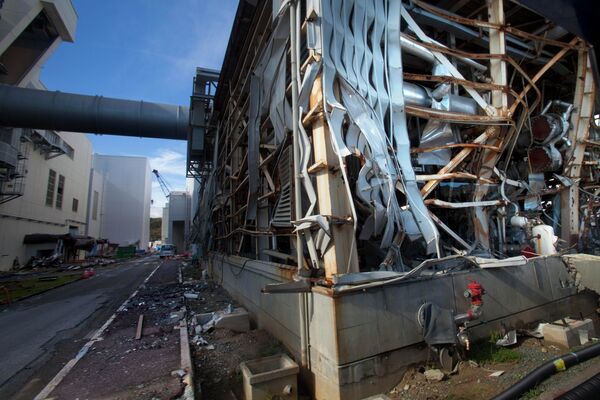
The meltdown became the worst nuclear incident since the Chernobyl disaster in 1986.
Above: The crippled Fukushima Dai-ichi nuclear power station is seen through a bus window in Okuma. November 12, 2011.
Above: The crippled Fukushima Dai-ichi nuclear power station is seen through a bus window in Okuma. November 12, 2011.
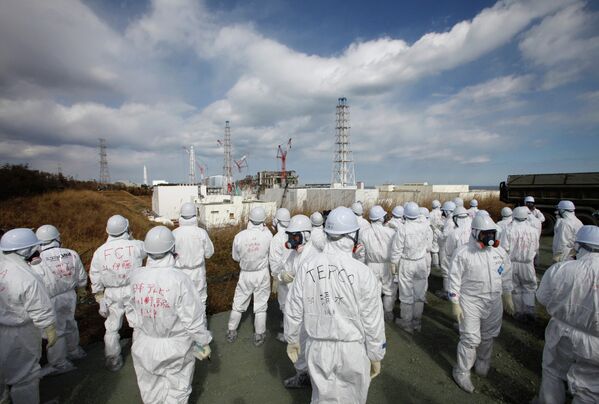
According to Japanese nuclear experts, it would take approximately 40 years to deal with the aftermath of the Fukushima disaster.
Above: Members of the media wearing protective suits and masks report as they are escorted by TEPCO employees at the tsunami-crippled Fukushima Daiichi nuclear power plant in Okuma. February 20, 2012.
Above: Members of the media wearing protective suits and masks report as they are escorted by TEPCO employees at the tsunami-crippled Fukushima Daiichi nuclear power plant in Okuma. February 20, 2012.

